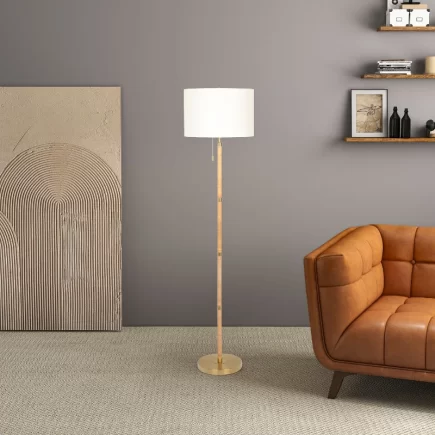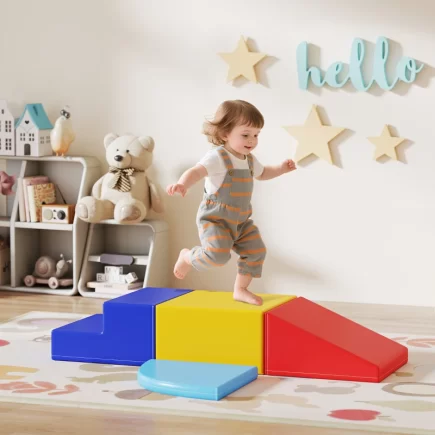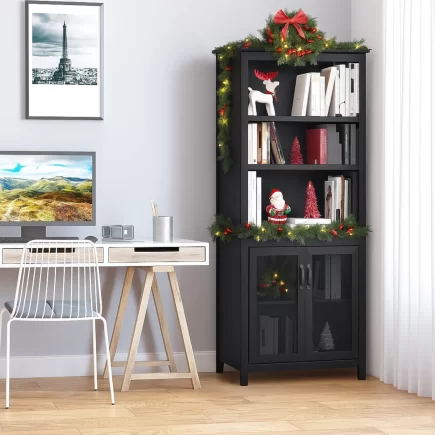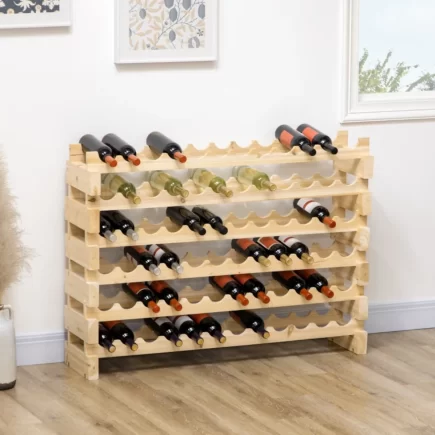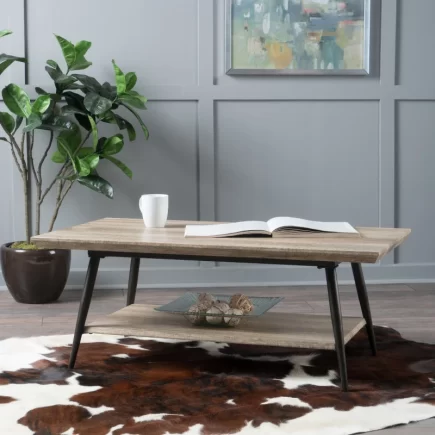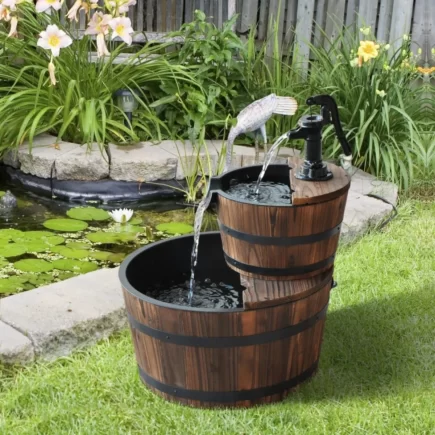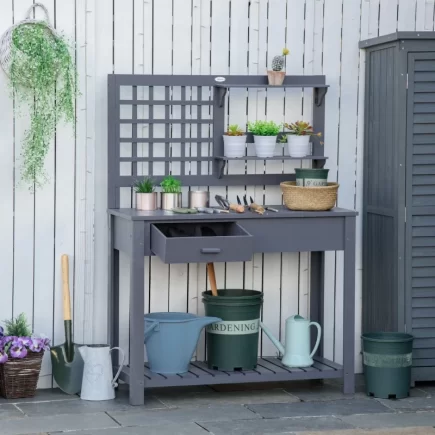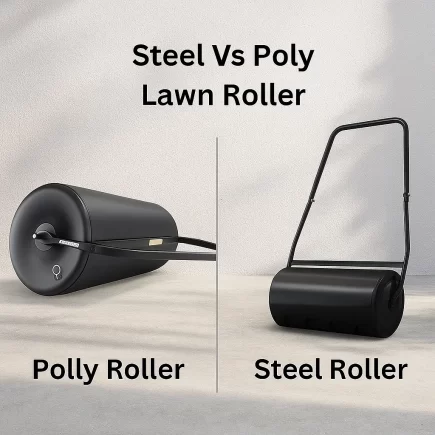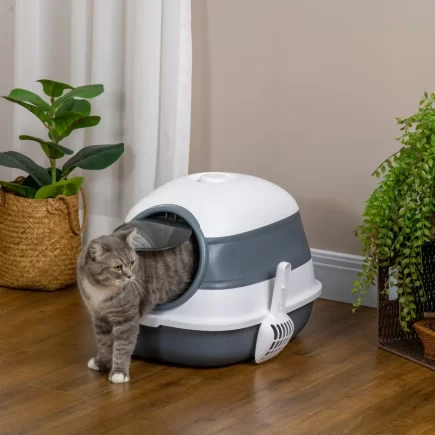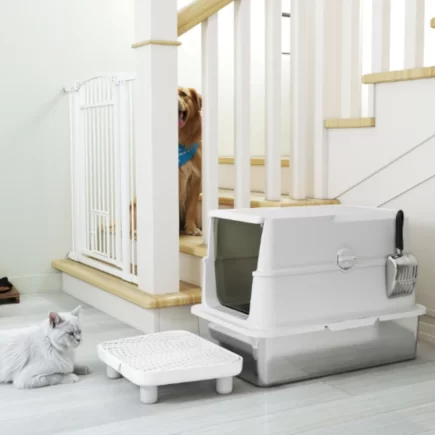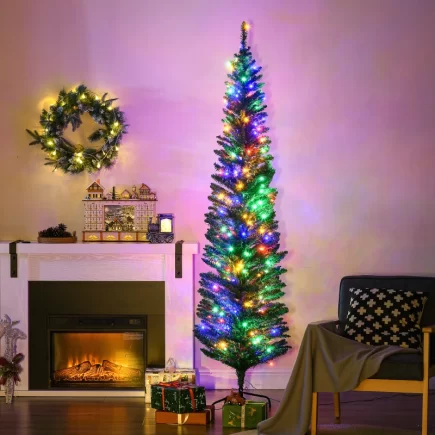Mirrors are more than just functional items in your home they are statement pieces that add light, depth, and beauty to any room. Whether it’s an ornate antique mirror above the fireplace, a sleek full-length mirror in your bedroom, or a decorative wall mirror in the hallway, each one plays a role in defining your space.

But when it’s time to move, mirrors can quickly turn from a beautiful feature into one of the most nerve-wracking items to pack. They are fragile, heavy, and vulnerable to cracks, scratches, and shattering if not handled with care. Even the smallest bump during transport can cause permanent damage.
Gather All Necessary Packing Materials
Before you even think about removing your mirror from the wall, assemble all the supplies you’ll need. Using the right materials ensures maximum protection and reduces the risk of damage during transit.
| Packing Material | Purpose |
| Sturdy mirror box or telescopic box | Protects the mirror from impact and shifting |
| Bubble wrap | Cushions the mirror and absorbs shock |
| Packing paper | Prevents scratches and surface damage |
| Cardboard corner protectors | Shields delicate corners from bumps |
| Packing tape | Secures wrapping and box flaps |
| “Fragile” and “This Side Up” labels | Alerts movers to handle with care |
| Blanket or moving pad | Adds a final protective layer |
Clean and Inspect the Mirror Before Packing
Before wrapping, give your mirror a gentle clean but avoid using liquid cleaners near the edges, as moisture can seep in and loosen the backing.
Steps to prepare your mirror
- Dust with a microfiber cloth to remove dirt, debris, and fingerprints.
- Check for existing damage such as chips, loose frame sections, or cracks.
- Remove decorative accessories such as hanging chains or attached ornaments.
Prepare the Mirror for Packing
Before wrapping, carefully remove the Mirror from the wall with two people, wear gloves for grip, and place it on a padded surface like a bed or blanket-covered floor to prevent scratches.
Remove from the wall carefully

- Stand directly in front of the mirror with your helper positioned on the opposite side so both of you can maintain steady support.
- Grip the mirror frame firmly with both hands, keeping it level to avoid sudden tilting.
- Slowly lift the mirror straight upward to disengage it from the hooks or mounting hardware at the back.
- Once the hooks are clear, carefully pull the mirror a few inches away from the wall, ensuring no hardware or wires are still attached.
- Move the mirror away from the wall completely and proceed to carry it to your padded surface.
Lay it on a padded surface
- Use a bed, padded table, or clean floor with blankets to avoid scratches.
- Never place the mirror directly on a hard floor.

Protect the Glass Surface
The glass is the most vulnerable part of your mirror, and one small crack can ruin its function and appearance.
The “X” Technique
- Apply painter’s tape across the glass in a large “X” pattern.
- This helps prevent shards from scattering if the glass breaks during the move.
- Painter’s tape is ideal because it removes cleanly without leaving sticky residue.

Wrap the Mirror
This is where you create a shock-absorbing layer around your mirror.
Layer 1: Bubble Wrap or Foam Wrap
- Wrap the mirror completely with large-bubble wrap, securing it with packing tape along the edges.
- For extra protection, double-wrap it.

Layer 2: Moving Blanket or Thick Towel
- Add a final layer using a clean, thick blanket or moving pad.
- This helps absorb additional impacts and prevents corner damage.
Reinforce the Corners
Corners often take the brunt of bumps and impacts, especially when loading or unloading.
- Slide cardboard corner protectors over each corner after wrapping the mirror.
- If you don’t have ready-made protectors, cut sturdy cardboard into L-shaped pieces and tape them in place.
8. Pack the Mirror Safely
Mirror packing is the final step to ensure your reflective piece arrives intact. Choosing a sturdy, well-fitted box provides the ultimate protection, keeping it safe from bumps and shifts during transport while preserving its beauty for your new space.
Choosing the right box
- Use a mirror box or telescopic box designed to adjust to the mirror’s dimensions.
- Ensure the box is slightly larger than the mirror to allow space for padding.
Packing process
- Place crumpled packing paper or foam peanuts at the bottom of the box.
- Slide the wrapped mirror into the box vertically, never flat.
- Fill any empty spaces with packing material to prevent shifting.
- Seal the box with heavy-duty packing tape.

9. Label the Box Clearly
Proper labeling makes a big difference in how movers handle your mirror.
- Write “FRAGILE” in large, bold letters on every side of the box to alert movers to handle it with care.
- Add “THIS SIDE UP” arrows to ensure the mirror stays in the correct position during transport.
- Mark “GLASS” on the front and back of the box so movers know there’s a breakable surface inside.
- For high-value mirrors, include a “DO NOT STACK” label to prevent heavy items from being placed on top.
10. Common Mistakes to Avoid When Packing a Mirror
Even with the right materials, certain mistakes can put your mirror at risk.
- Skipping painter’s tape Without it, glass can shatter into dangerous shards.
- Using newspaper directly on the glass Ink can transfer to the mirror surface or frame.
- Laying the mirror flat This increases stress on the glass and makes it more vulnerable to breakage.
- Not labeling boxes. Movers may handle the package carelessly if they don’t know it contains fragile glass.
Packing a mirror for moving is all about preparation, protection, and careful handling. By using quality materials, securing every part of the mirror, and labeling it clearly, you greatly reduce the risk of damage during transport.
By following each step cleaning, protecting the glass, wrapping with cushioning, reinforcing corners, boxing securely, and labeling clearly you greatly reduce the risk of cracks, scratches, or shattering. Remember to handle the mirror with a partner, keep it upright during transport, and avoid stacking items against it.
FAQs
1. Is it better to transport a mirror in my personal vehicle or the moving truck?
If the mirror is small or particularly valuable, transporting it in your own car allows for greater control. Larger mirrors are usually safer in a well-secured spot in the moving truck.
2. What’s the best way to store a packed mirror if my move is delayed?
Store it vertically in a climate-controlled area, away from heavy items and moisture. Keep it wrapped and boxed to avoid dust buildup or accidental damage.
3. Are there any special considerations for packing antique or vintage mirrors?
Antique mirrors often have delicate frames or aging glass. Consider professional packing services or custom-built crates to prevent damage to both the frame and reflective surface.

